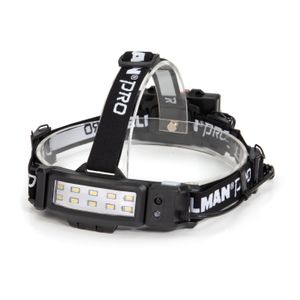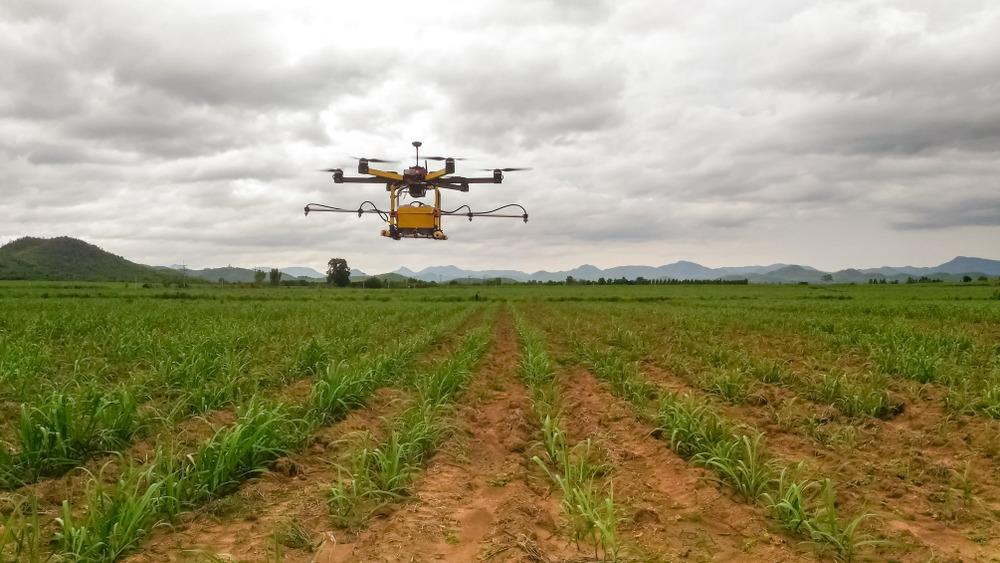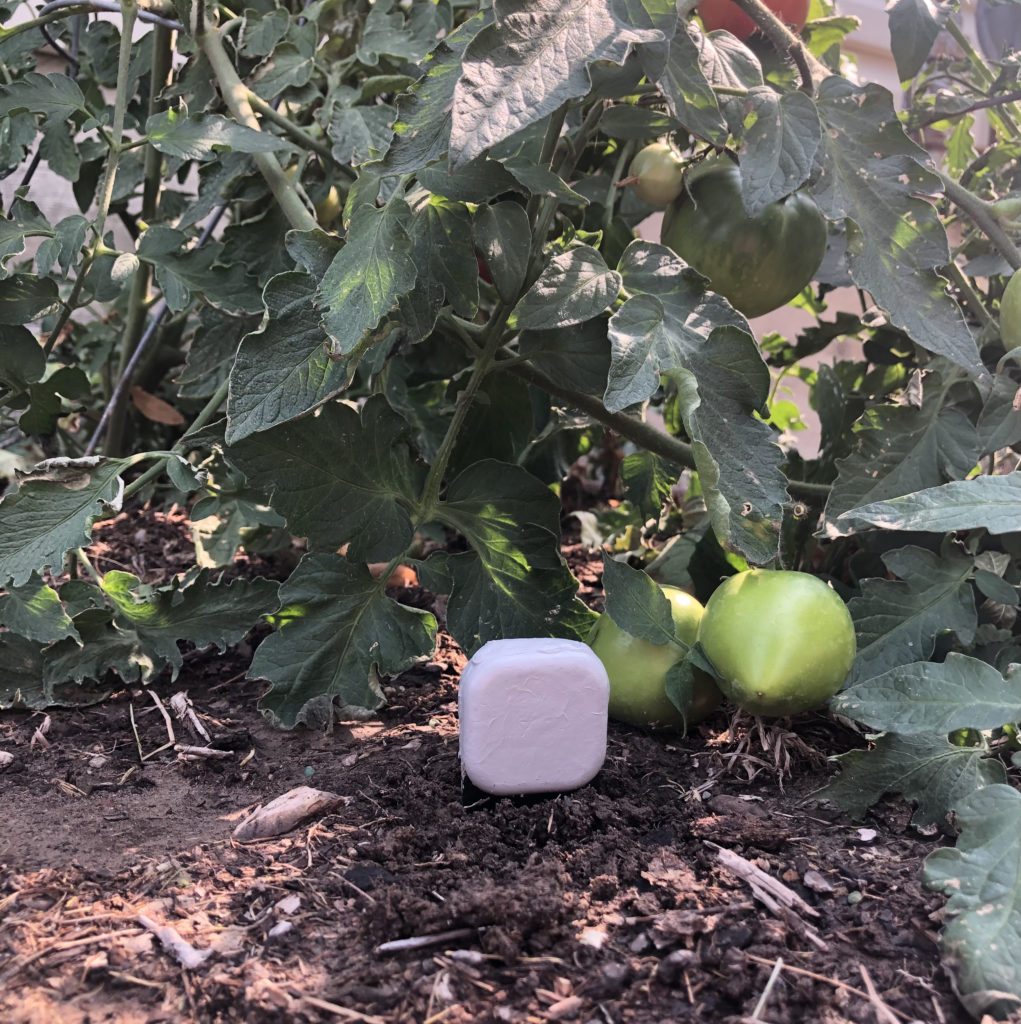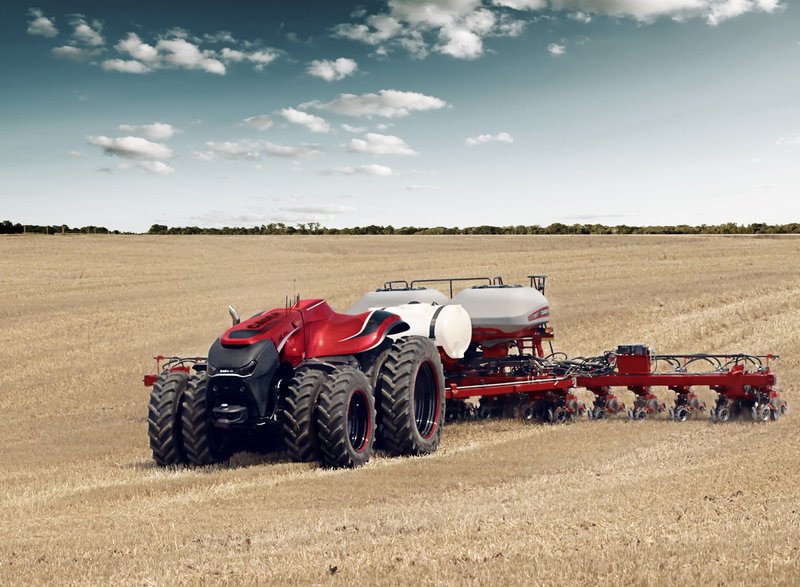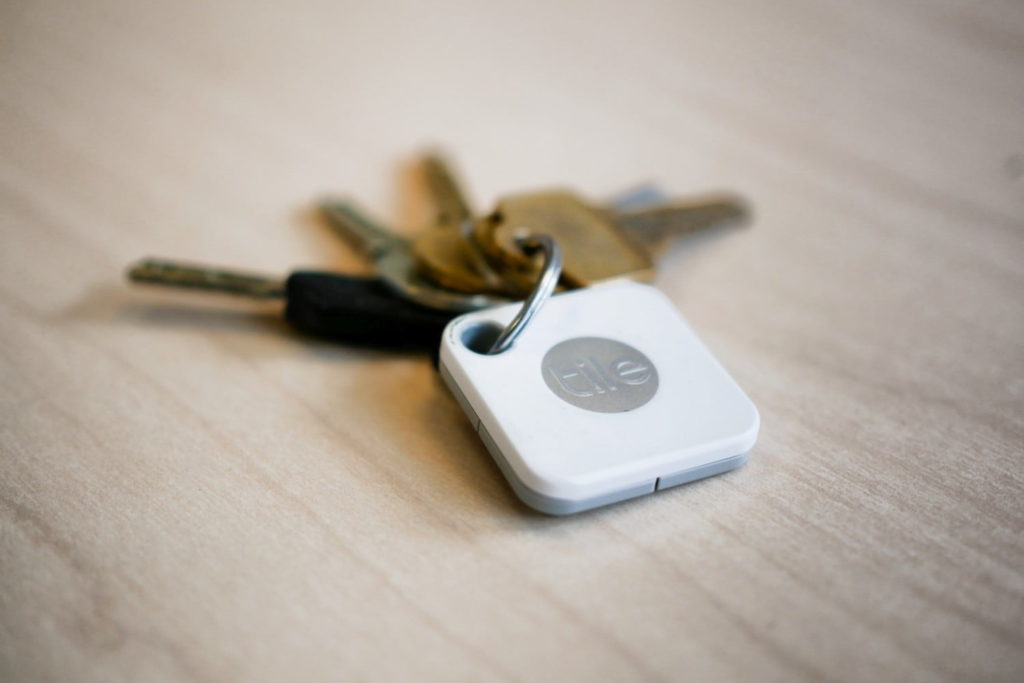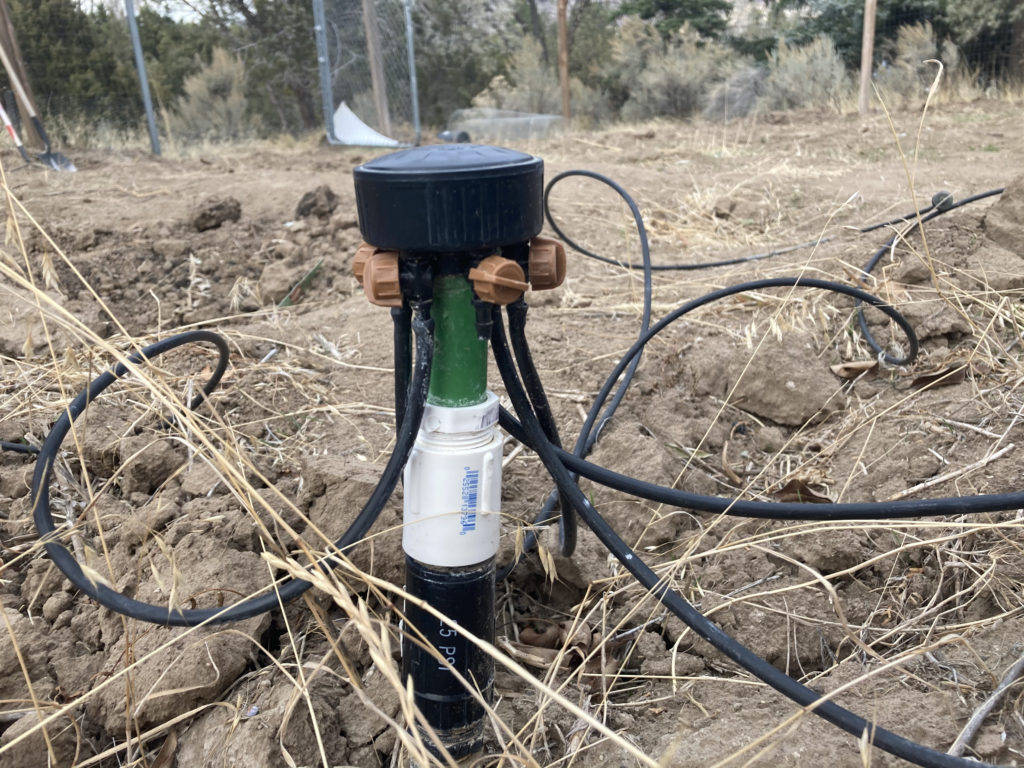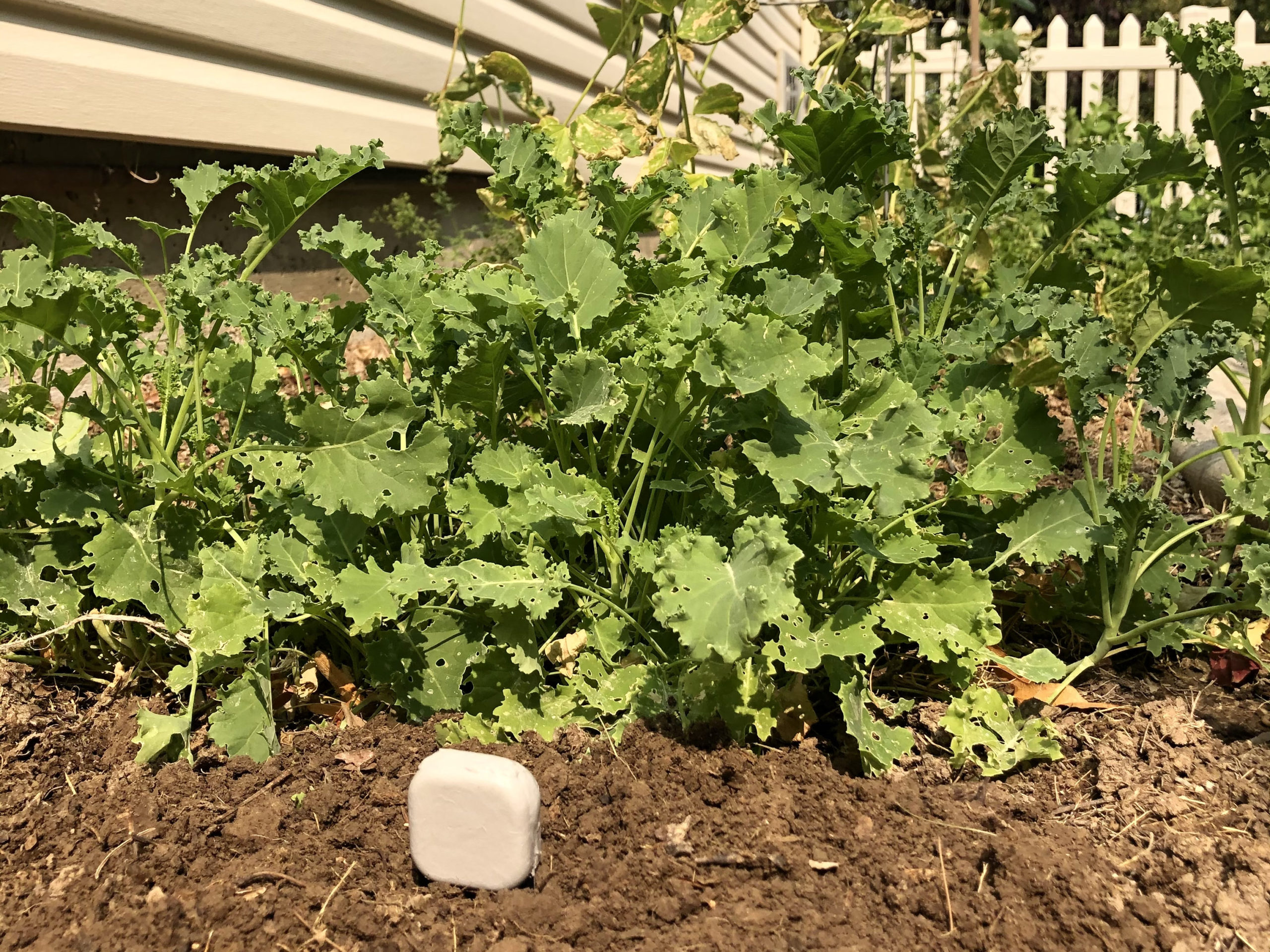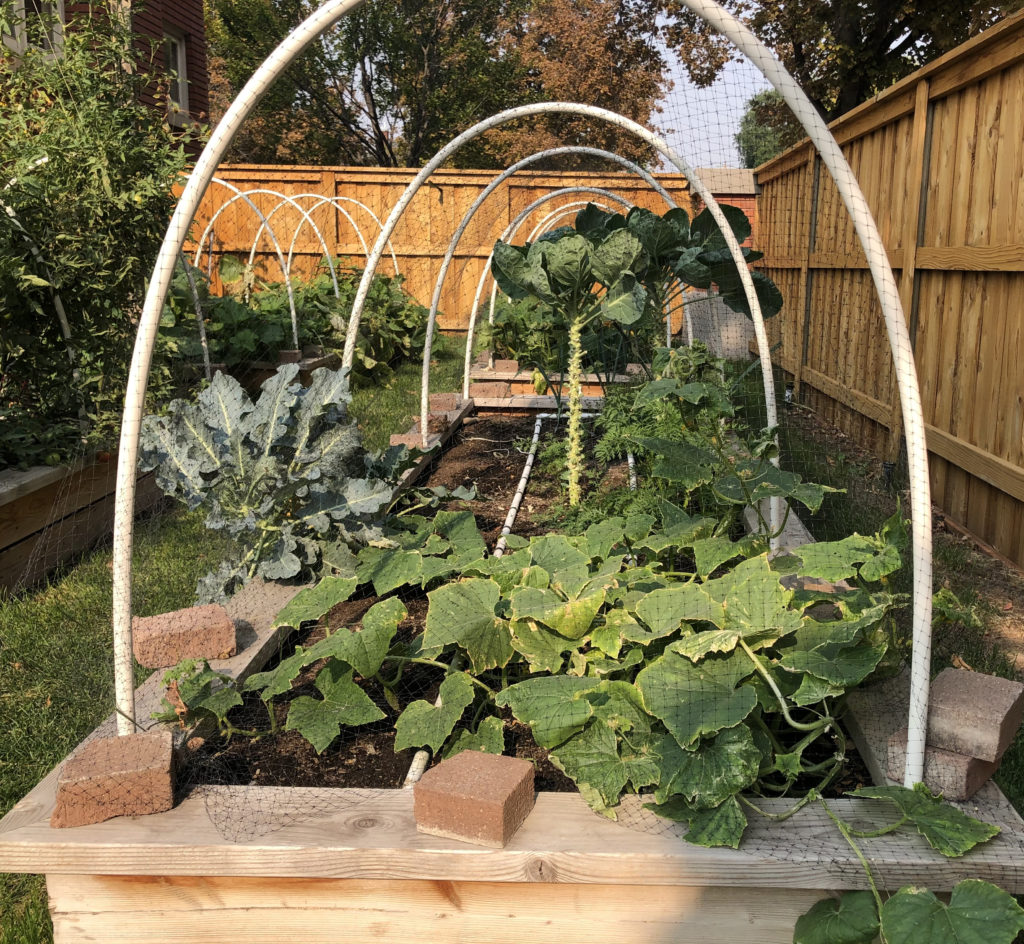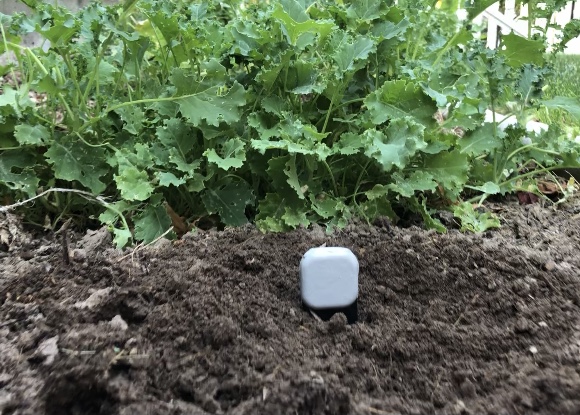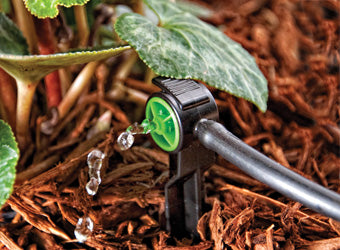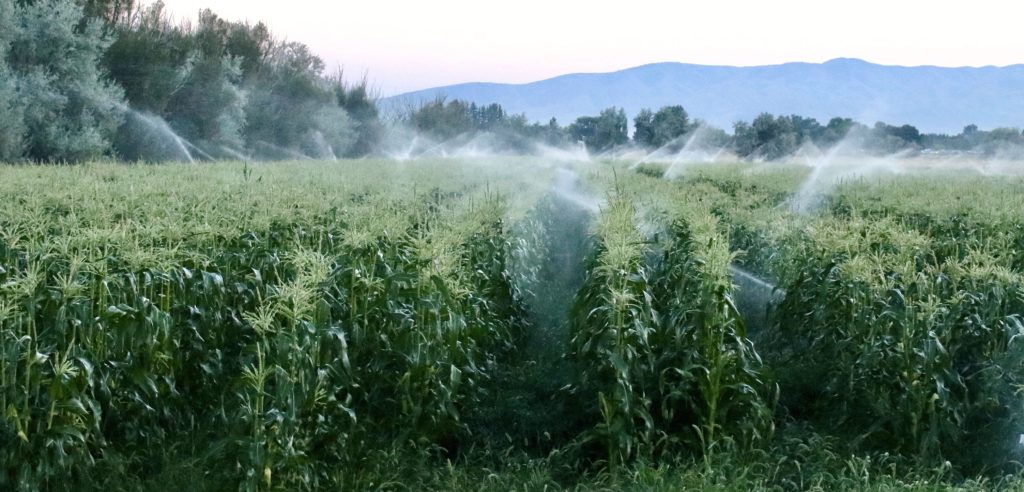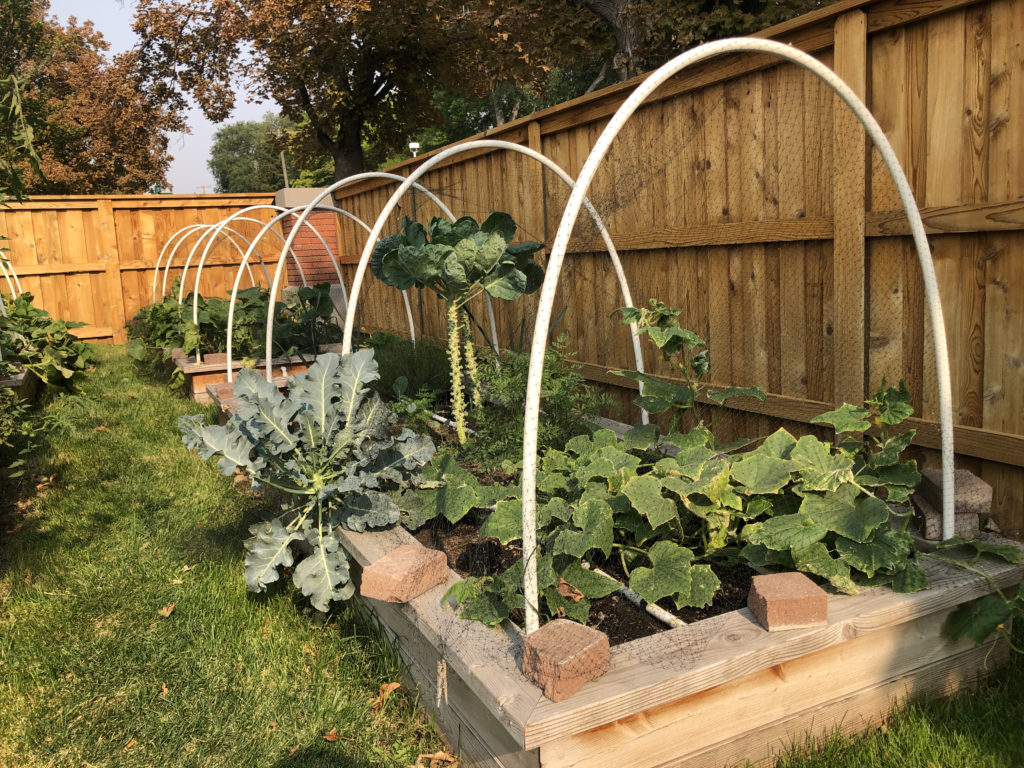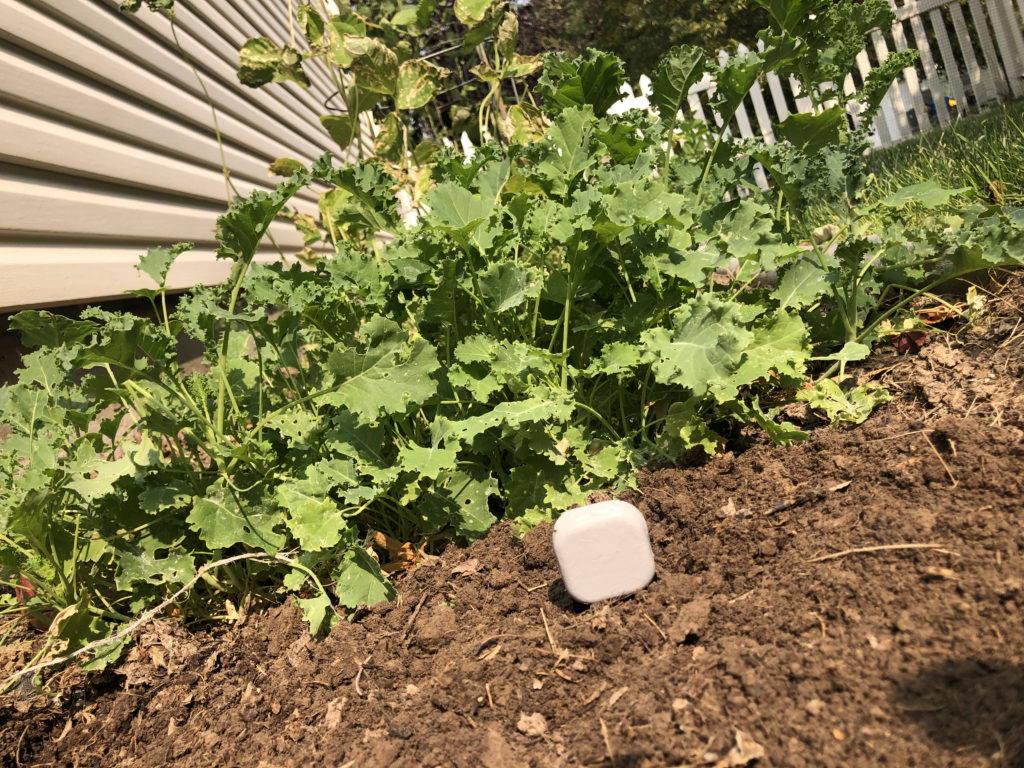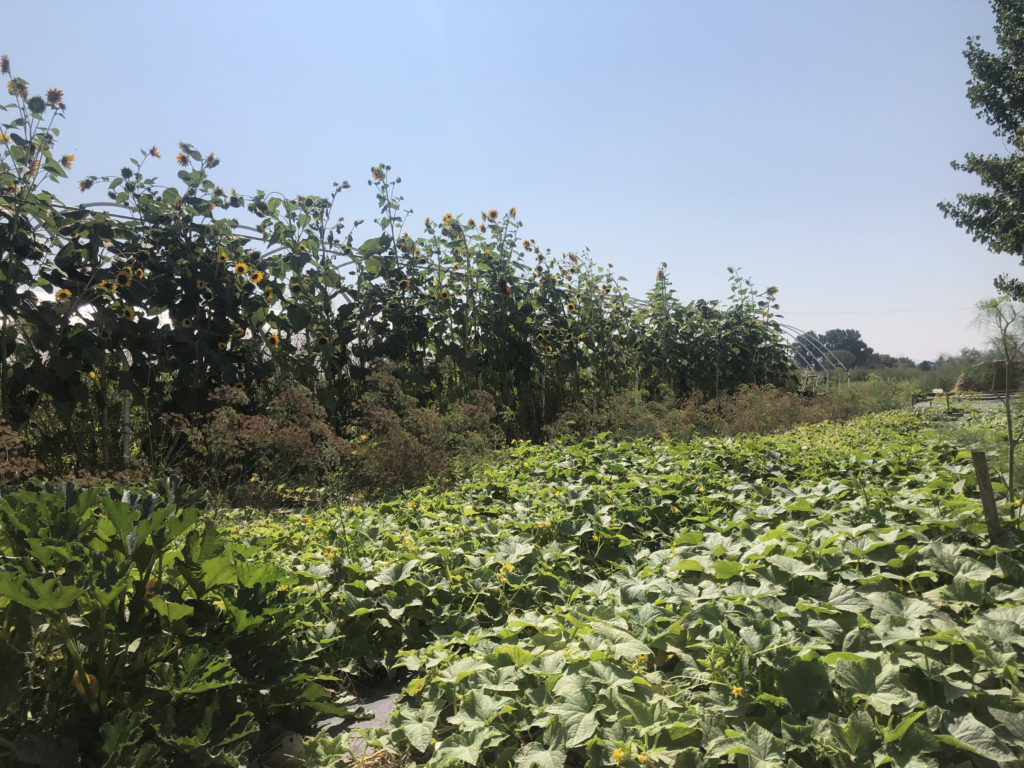Landscapes are integral in any ecosystem for many reasons: beautification, environmental purification, noise reduction, and improved quality of life. On a more practical level, landscaping is also expensive–both in execution and upkeep. As more and more businesses strive to reduce their carbon footprint, the landscaping industry has pioneered many innovative and sustainable changes. Despite landscaping relying solely on resources that are not infinite, the commercial landscaping industry has generated innovations in irrigation, fertilizer, and drainage systems to make landscaping more eco-friendly. Among these inventions are soil sensors. Even if your landscaping operations have energy renewing and sustainable practices, adding soil sensors to the mix will only magnify the durability and preservation efforts of your landscaping management.
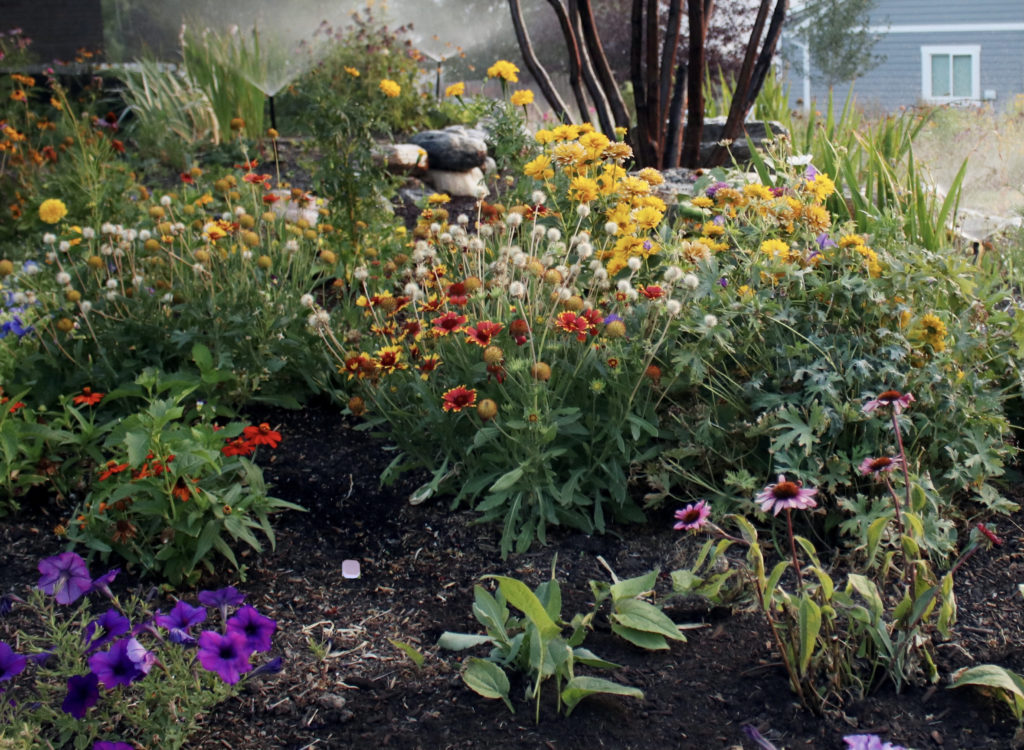
While soil sensors are a relatively new product to grace agricultural markets, soil probes have quickly proven their effectiveness in cost and resource efficiency. Once inserted into the soil, most soil probes measure moisture levels, salinity, ambient temperature, and light levels. This data is transmitted to a cell phone or desktop and allows for adjustments to be made in irrigation practices. In landscaping, soil sensors have been found to reduce water usage, promote healthy plant growth, and can help combat the damages from climate changes. A 2012 study done by the General Services Administration found that soil sensors can reduce upwards of 40% of water waste. Not only do soil sensors conserve resource expenditure in landscapes, but they also promote comprehensive sustainability in landscaping management.
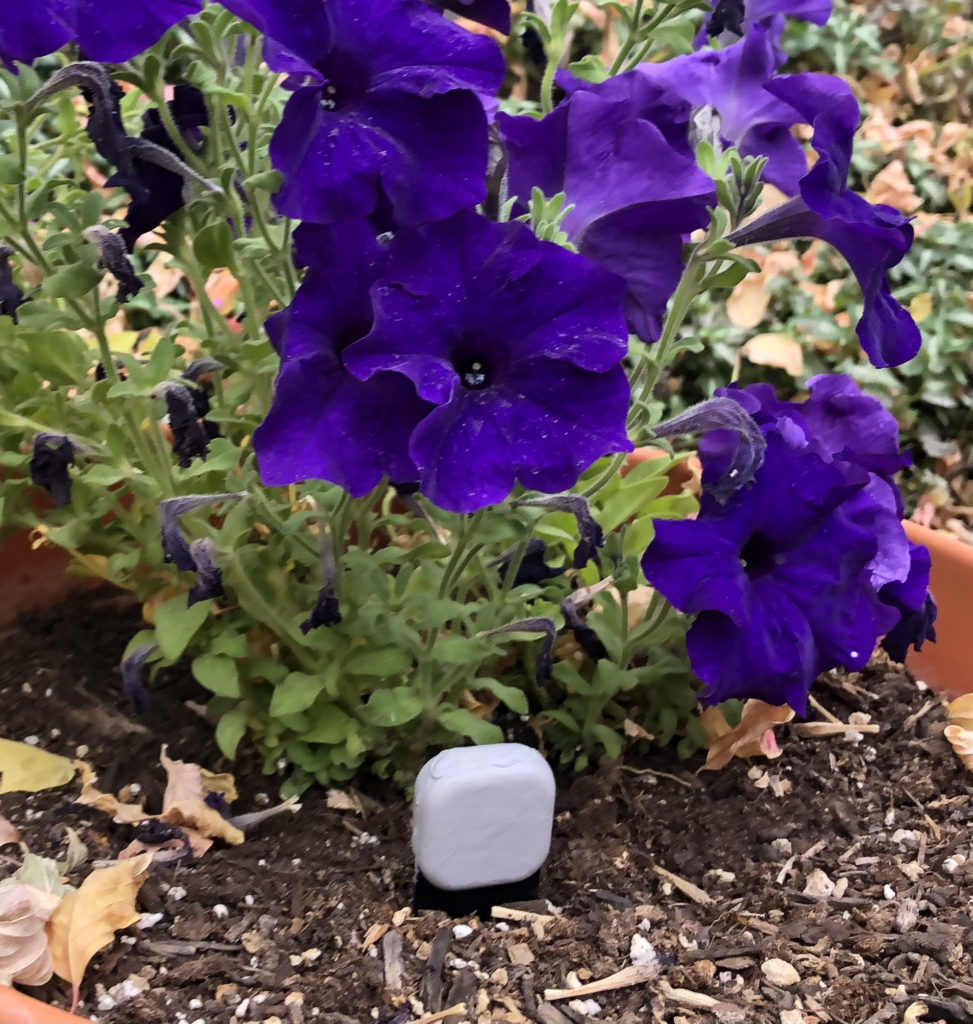
In addition to conserving water usage, it is also worth noting that soil sensors are incredibly accessible and user-friendly. Compared to the setup required for irrigation systems, soil sensors are much easier to install and understand. Soil probes are also fairly affordable and work in tandem with whatever irrigation system your landscaping employs. From a business perspective, soil sensors also differentiate landscaping companies from their competitors and encourage continuous savings and conservation for customers. Simply put, soil sensors are likely the future of sustainability in landscaping. With soil sensors, landscapes appear greener and wallets are able to stay green with lifelong savings and resource efficiency.

